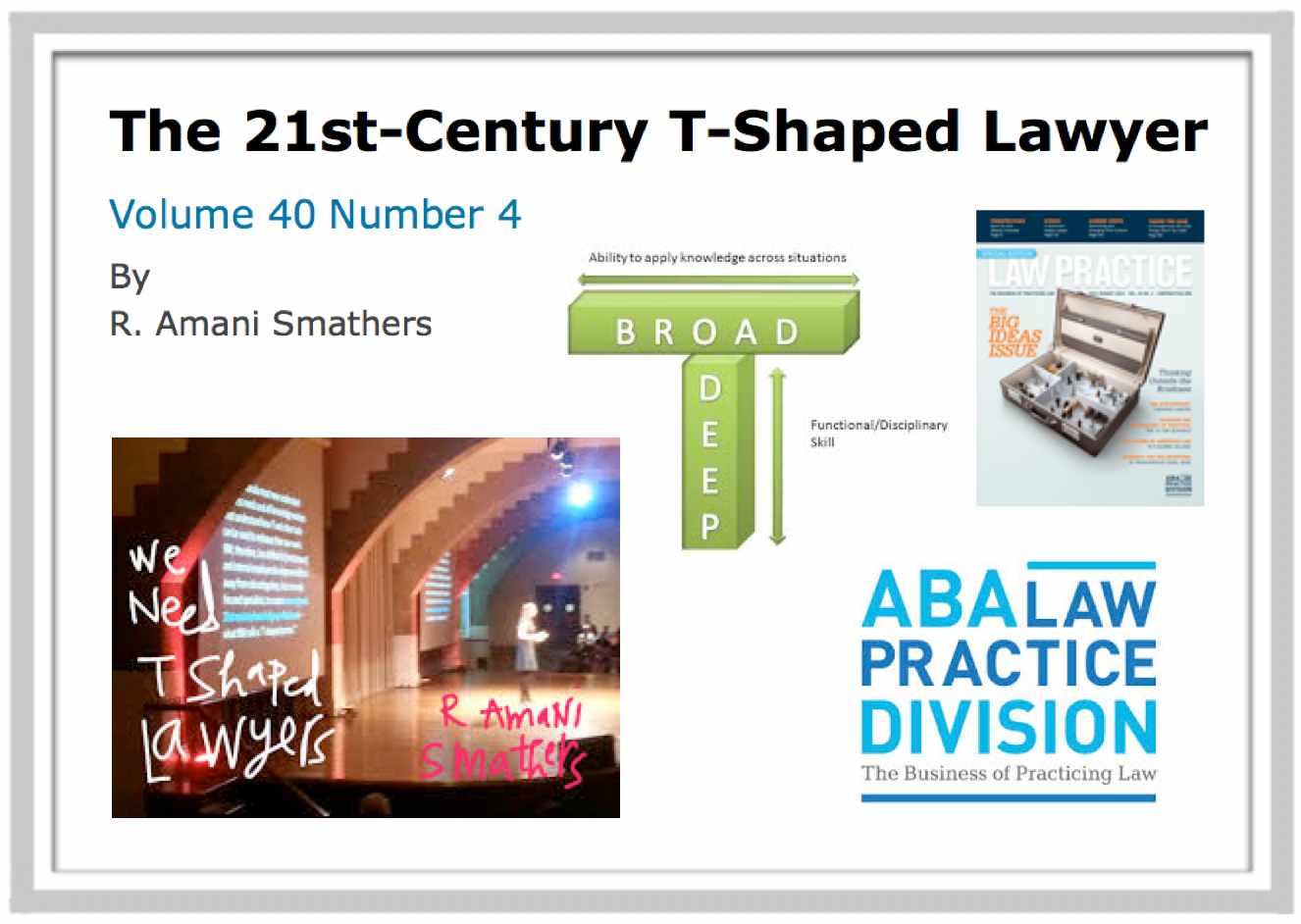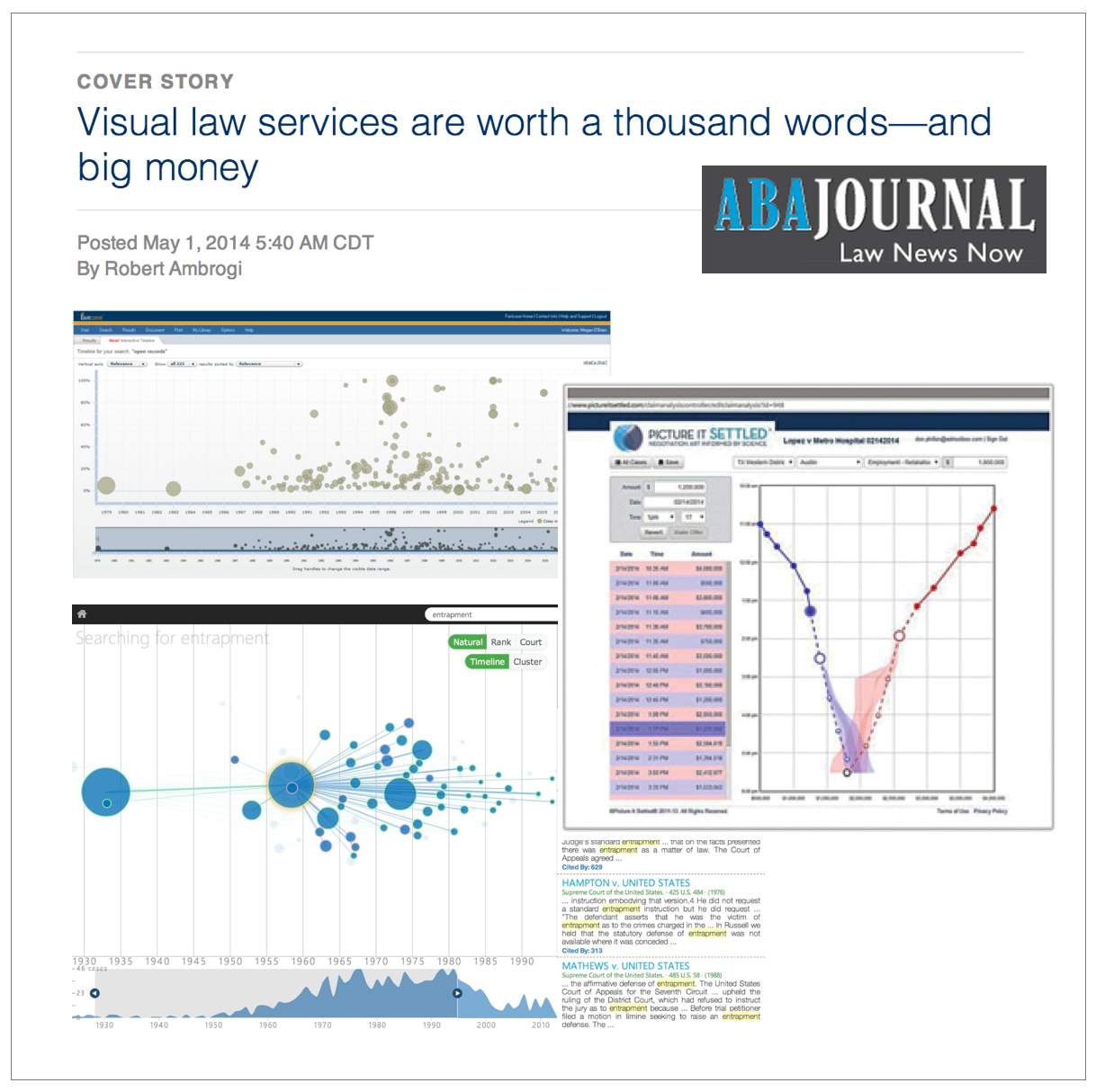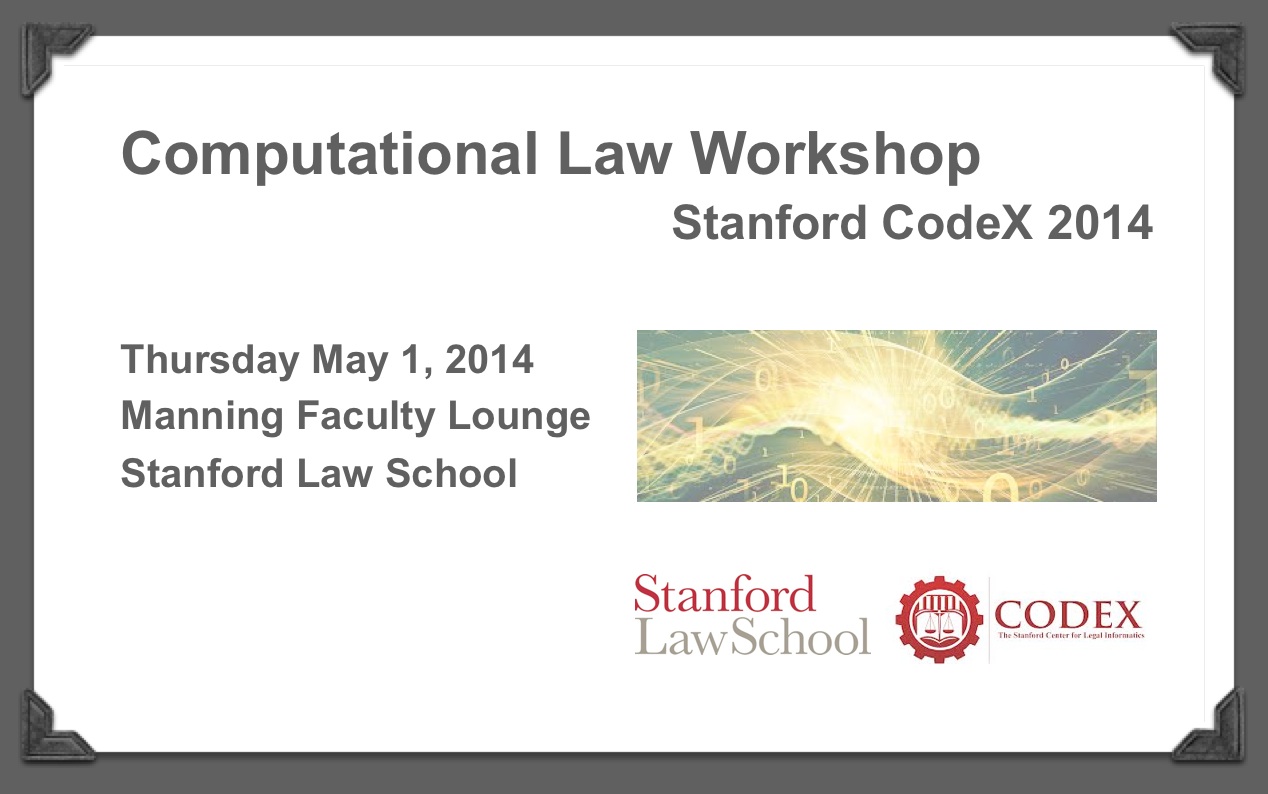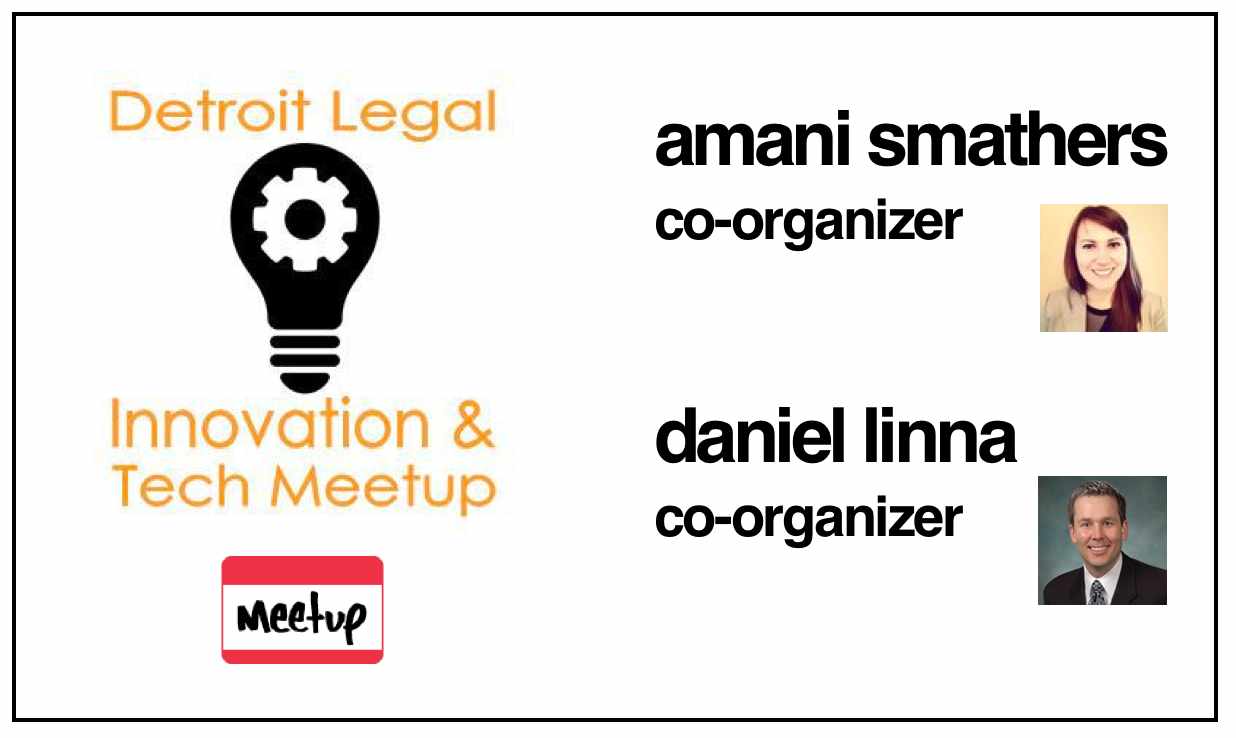Tag: legal services
Ethereum Contracts as Legal Contracts
This video describes the conditions under which an Ethereum or other smart contract can be a legal contract. (Via the Silicon Valley Ethereum Meetup)
Visual Law Services are Worth a Thousand Words—and Big Money (via ABA Journal)
Mike and I have been on this beat for quite a while and are happy to see this getting coverage. The basic proposition is that dashboards, histograms, network visualization, etc. allow the end user to more effectively identify the relevant data/information. Here are a few examples of work we have undertaken:
3D Hi-Def Visualization of the Structure in the Citation Network of the United States Supreme Court
Legal Language Explorer (Visualizing the n-gram space)
The Future of Law School Innovation (Conference @ColoradoLaw)
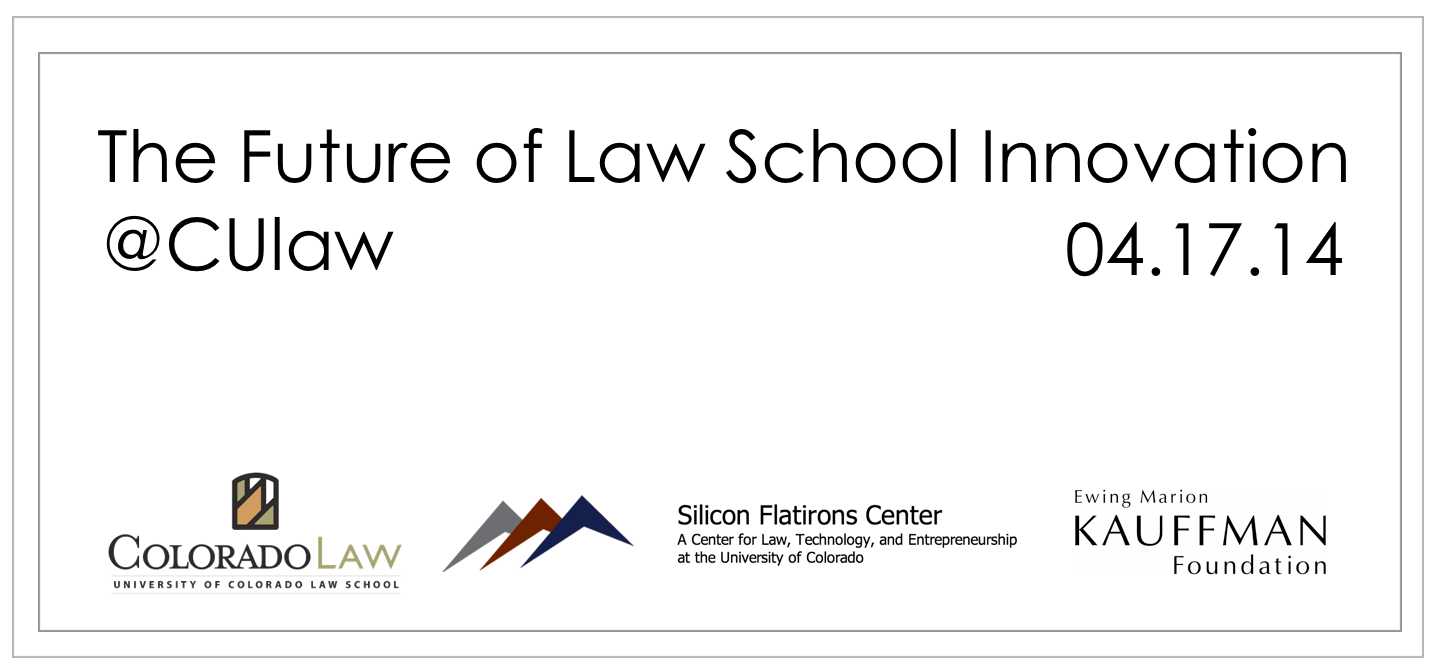 From the conference announcement: “Over the last 5 years, in the fallout of the Great Recession, the legal profession has entered the era of the New Normal. Notably, a series of forces related to technological change, globalization, and the pressure to do more with less (in both corporate America and law firms) has changed permanently the legal services industry. As one article put it, firms are cutting back on hiring “in order to increase efficiency, improve profit margins, and reduce client costs.” Indeed, in its recently noted cutbacks, Weil Gotshal’s leaders remarked that it had initially expected old work to return, but came “around to the view that this is the ‘new normal.'”
From the conference announcement: “Over the last 5 years, in the fallout of the Great Recession, the legal profession has entered the era of the New Normal. Notably, a series of forces related to technological change, globalization, and the pressure to do more with less (in both corporate America and law firms) has changed permanently the legal services industry. As one article put it, firms are cutting back on hiring “in order to increase efficiency, improve profit margins, and reduce client costs.” Indeed, in its recently noted cutbacks, Weil Gotshal’s leaders remarked that it had initially expected old work to return, but came “around to the view that this is the ‘new normal.'”
The New Normal provides lawyers with an opportunity to rethink—and reimagine—the role of lawyers in our economy and society. To the extent that law firms enjoyed, or still enjoy, the ability to bundle work together, that era is coming to an end, as clients unbundle legal services and tasks. Moreover, in other cases, automation and technology can change the roles of lawyers, both requiring them to oversee processes and use technology more aggressively as well as doing less of the work that is increasingly managed by computers (think: electronic discovery). The upside is not only greater efficiencies for society, but new possibilities for legal craftsmanship.
The emerging craft of lawyering in the New Normal is likely to require lawyers to be both entrepreneurial and fluent with a range of competencies that will enable them to add value for clients. Apropos of the trends noted above, there are emerging opportunities for “legal entrepreneurs” in a range of roles from legal process management to developing technologies to manage legal operations (such as overseeing automated processes) to supporting online dispute resolution processes. In other cases, effective legal training as well as domain specific knowledge (finance, sales, IT, entrepreneurship, human resources, etc.) can form a powerful combination that prepares law school grads for a range of opportunities (business development roles, financial operations roles, HR roles, etc.). In both cases, traditional legal skills alone will not be enough to prepare law students for these roles. But the proper training, which builds on the traditional law school curriculum and goes well beyond it including practical skills, relevant domain knowledge (e.g., accounting), and professional skills (e.g., working in teams), will provide law school students a huge advantage over those with a one-dimensional skill set.”
Law Firm Chief Marketing Officer Summit @ The Legal Marketing Association Annual Conference
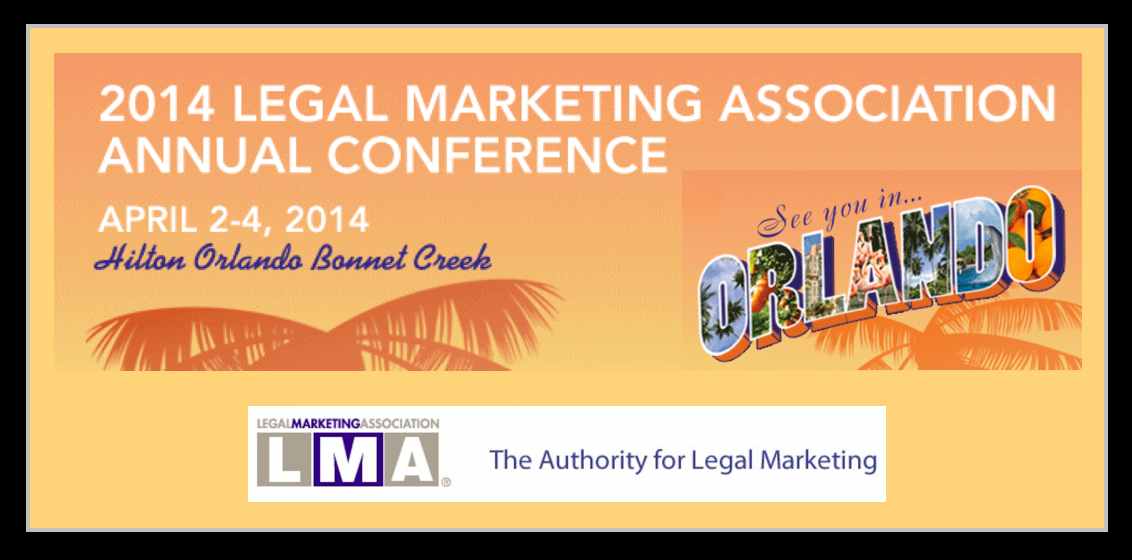 Tomorrow – I will have the pleasure of addressing the Chief Marketing Officers of many of the world’s leading firms at the CMO Summit at Legal Marketing Association Conference in Orlando.
Tomorrow – I will have the pleasure of addressing the Chief Marketing Officers of many of the world’s leading firms at the CMO Summit at Legal Marketing Association Conference in Orlando.
The Forum on Legal Evolution – NYC 02.26.13

Last week Bill Henderson, Bruce MacEwen and Daniel Martin Katz convened the first Forum on Legal Evolution – a small invitation only forum – for leaders from across the legal supply chain (General Counsels, Law Firms, Legal Technologists, Legal Media, Legal Educators, etc.). It was a good mix of members of the AM 200, GC’s of large companies, strategically important technology providers, etc. The primary focus of this first forum was three-fold: (1) change management and the diffusion of innovation, (2) process engineering and process improvement and (3) big data, legal analytics and machine learning in law practice (katz+bommartio slides are available here).
Aric Press from The American Lawyer offers a short write up of the event here.
Brian Dalton from Above the Law offers his perspective here.
Legal Tech Startups – $458 Million in Legal Services R&D (via TR Legal Executive Insights)
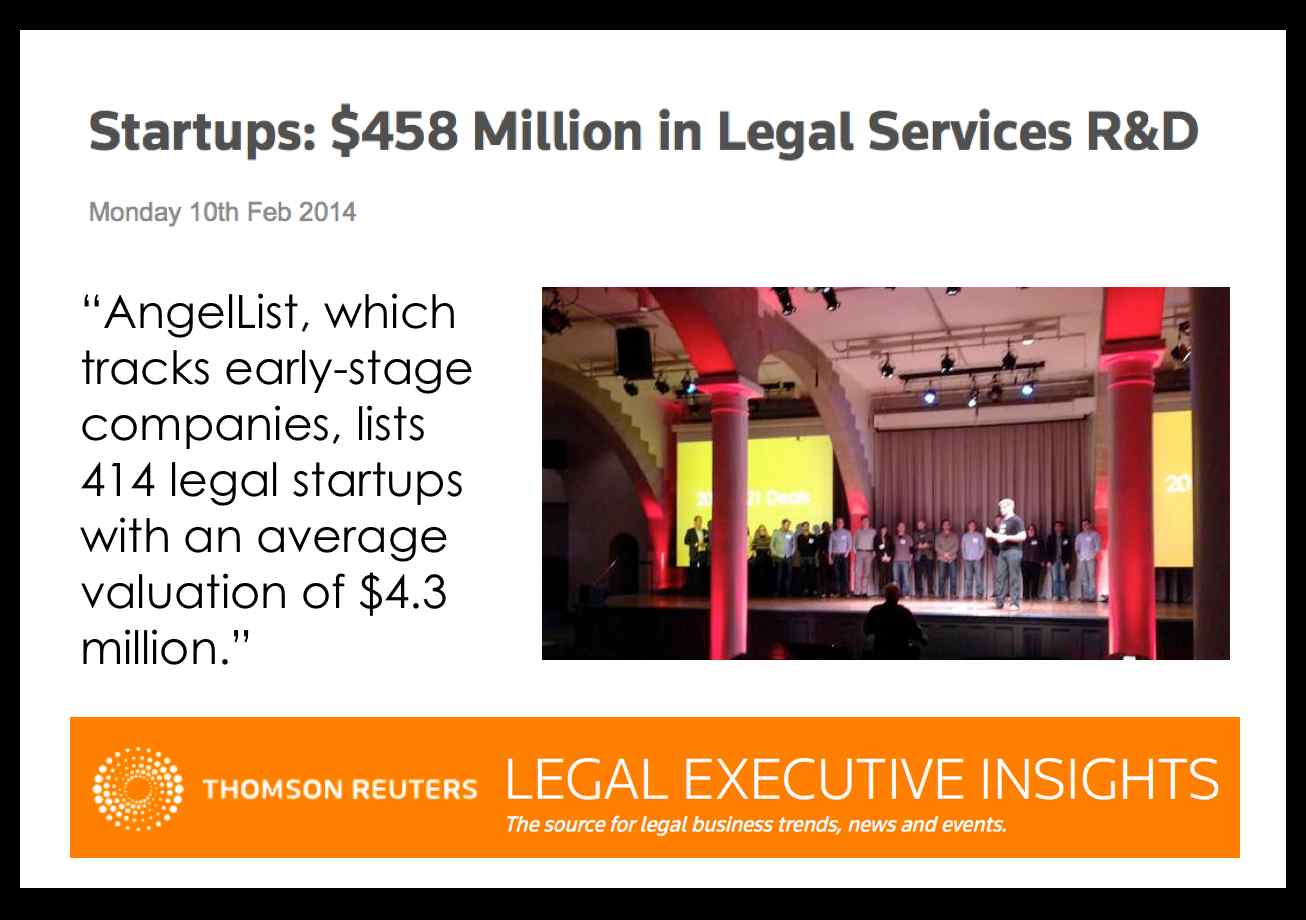 Take a look at this list of legal startups on Angel List – 414 and counting. I am happy to count many of these companies as #ReInventLaw Speakers / Attendees. While many of these companies may not succeed in the long run – these companies tend to cluster around certain ideas. It is my belief that many of those ideas will ultimately prevail. For more thoughts check out Bob Ambrogi’s post “A Time of Unprecedented Innovation in Legal Technology.” I agree with most of his thoughts on the matter.
Take a look at this list of legal startups on Angel List – 414 and counting. I am happy to count many of these companies as #ReInventLaw Speakers / Attendees. While many of these companies may not succeed in the long run – these companies tend to cluster around certain ideas. It is my belief that many of those ideas will ultimately prevail. For more thoughts check out Bob Ambrogi’s post “A Time of Unprecedented Innovation in Legal Technology.” I agree with most of his thoughts on the matter.

